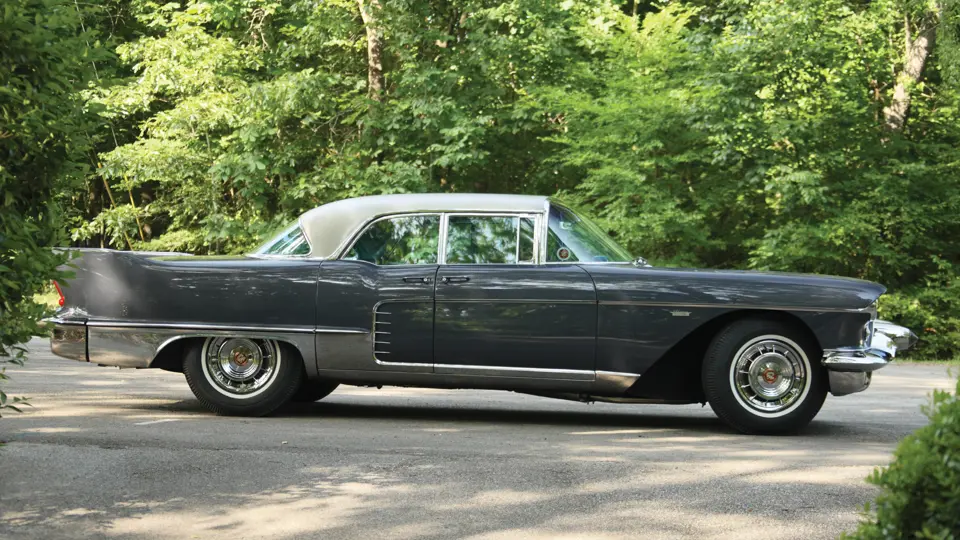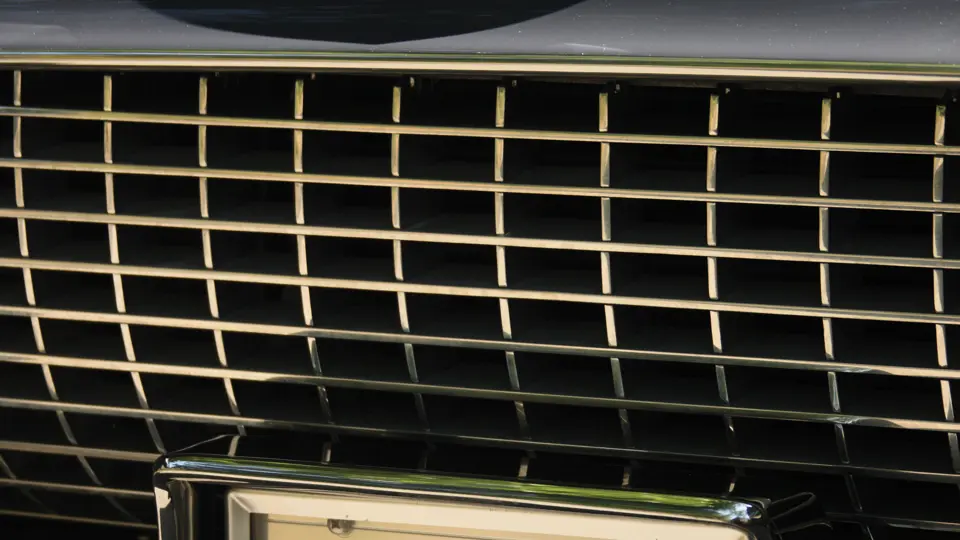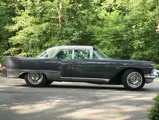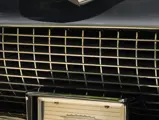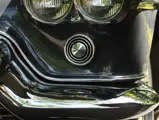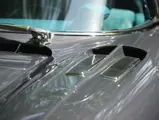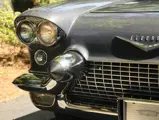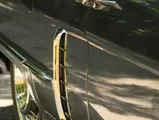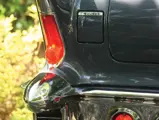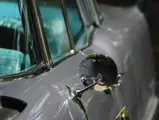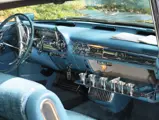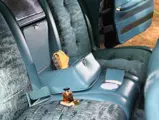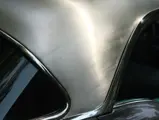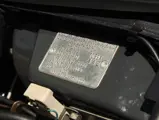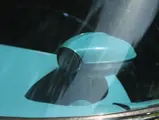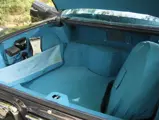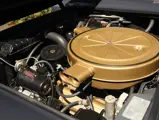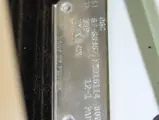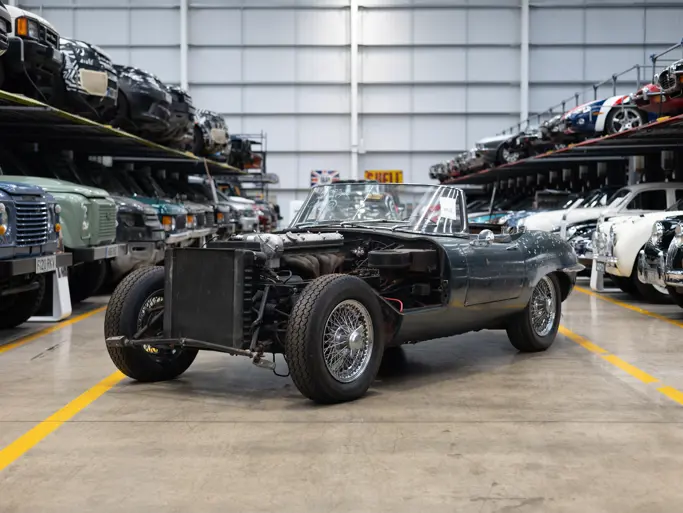Series 70. 325 bhp, 365 cu. in. OHV V-8 engine, four-speed Hydra-Matic automatic transmission, coil-spring independent front suspension, live rear axle with semi-elliptic leaf springs, and four-wheel power hydraulic drum brakes. Wheelbase: 126 in.
It is hard to imagine an American automaker today building a four-door sedan that would be priced higher than a new Ferrari or Rolls-Royce. In the 1950s, it was a different time. Glitter was good, bigger was better, and too many accessories was just right in the age of neon. Ford had upped the ante with the introduction of its Continental Mark II, a two-door coupe so elite that the Blue Oval didn’t even bother calling it a Lincoln. It was an era ripe for the ultimate Cadillac: a car heaped with everything that General Motors’ engineering and styling gurus could throw at it.
Harley Earl’s styling team contributed multiple new ideas, including four-door hardtop sedan bodywork with side windows that disappeared completely, frames and all; rear-hinged rear doors, which were a throwback to the 1930s; and a broad expanse of sparkling brushed stainless steel for the roof. Quad headlights were exclusive to the model and still illegal in most states. The engineering staff worked out a litany of power accessories that was so numerous that “power everything” wasn’t just a convenient phrase, it was a reality. The trunk lid and rear doors not only opened with the push of a button, but they closed with one too, and the doors would lock automatically when the transmission was put in gear. A memory front seat was a first for a production car, as were the forged aluminum wheels. Naturally, there was air conditioning.
All of this high living came at a cost of $13,974, which was twice the cost of the Eldorado Biarritz Convertible. In fact, one had to look long and hard to find a production car anywhere in the world that was as expensive as an Eldorado Brougham. Cadillac reportedly lost $10,000 on every car built, which was why the original “Eldo Bro” lasted for only two years and only 704 examples were made.
The car offered here, body number 442, was delivered new to Robert D. Frisbee, of Atherton, California, by George S. Paddleford Cadillac, of Palo Alto, on December 7, 1957, and the original sales sticker is still in place inside the engine compartment. It eventually made its way to New Jersey, and there, it was acquired in 1989, by Eldorado Brougham enthusiast Dave Barclay, who, as of 2005, described it as being a very good original car.
The present owner acquired the sumptuous Cadillac in March 2006 and, in 2009, refinished it completely, including a new, show-quality repaint in the attractive original color of Deauville Gray (118). The interior has been reupholstered in its correct original combination of Medium Blue Parisienne cloth and leather (222) and genuine mouton carpeting (2). The car has been retrofitted with a new self-leveling air-suspension system, which does not “ride down” when the car is parked, as the original did, and it is also less prone to leaks. The factory radio has been upgraded to AM/FM, and importantly, every power component on the car is reported to work, including even the air conditioning, the memory seat, and the clock. Even the low-profile tires are correct.
Perhaps the most special thing about this Eldorado Brougham is that it is still accompanied with many of the special “vanity accessories” with which these cars were delivered new. These include six stainless steel drink tumblers, the bottoms of which are magnetized so that they can be placed on the dashboard without sliding about, as well as a cigarette case, a comb, a lady’s compact, a leather-backed mirror, a notepad with a stainless steel Cross mechanical pencil, and even an atomizer that originally contained an ounce of Arpege by Lanvin. Very few Eldorado Broughams retain so many of these accessories, which were often misplaced over the years, and to replace them is nearly impossible and often extraordinarily expensive.
This Eldorado Brougham, a Cadillac-LaSalle Club Junior and Senior award winner with 49,000 original miles, is just as spectacular as it was in 1958, and it remains very much “the ultimate Cadillac.”
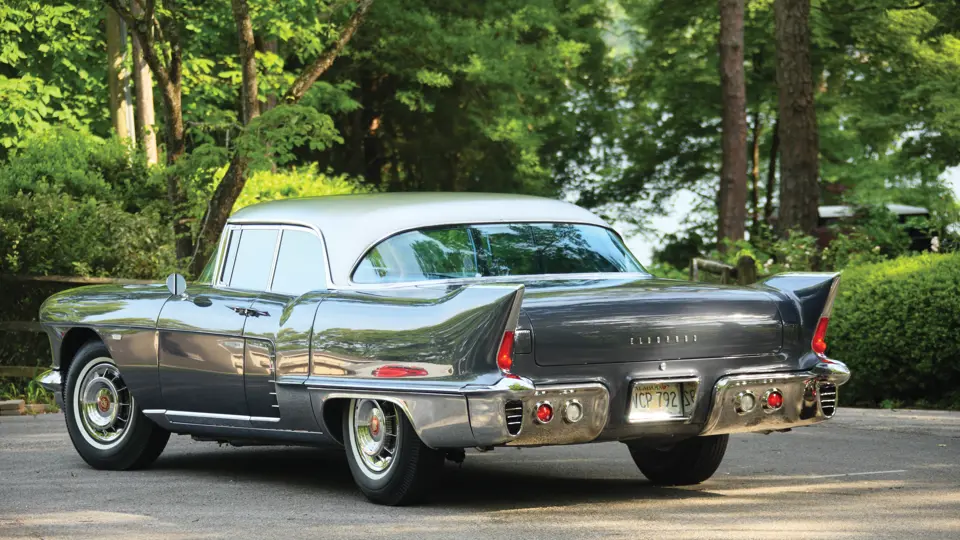



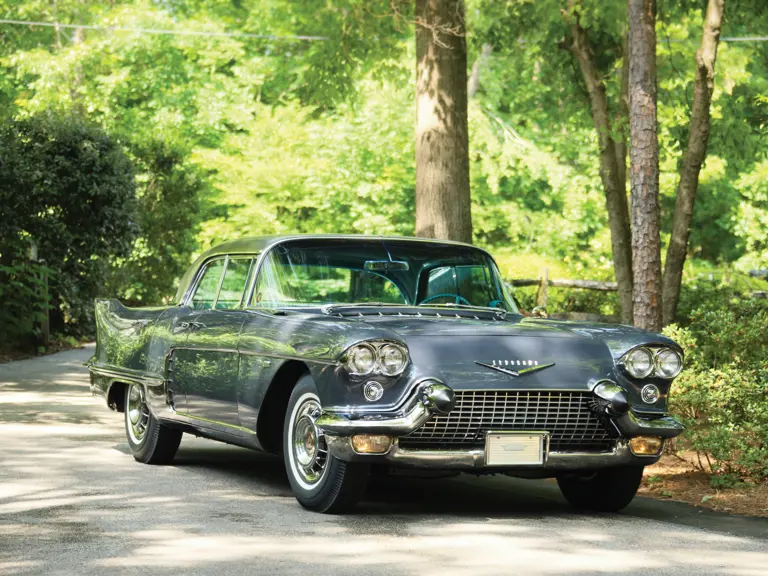
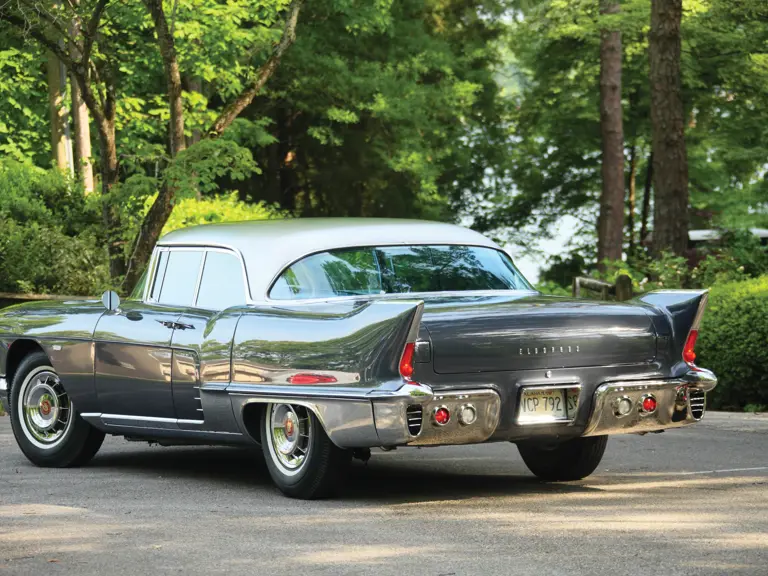
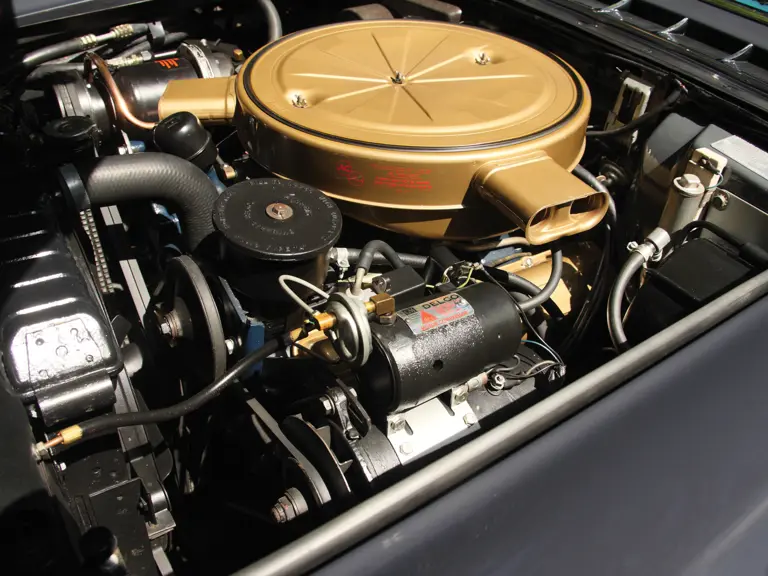
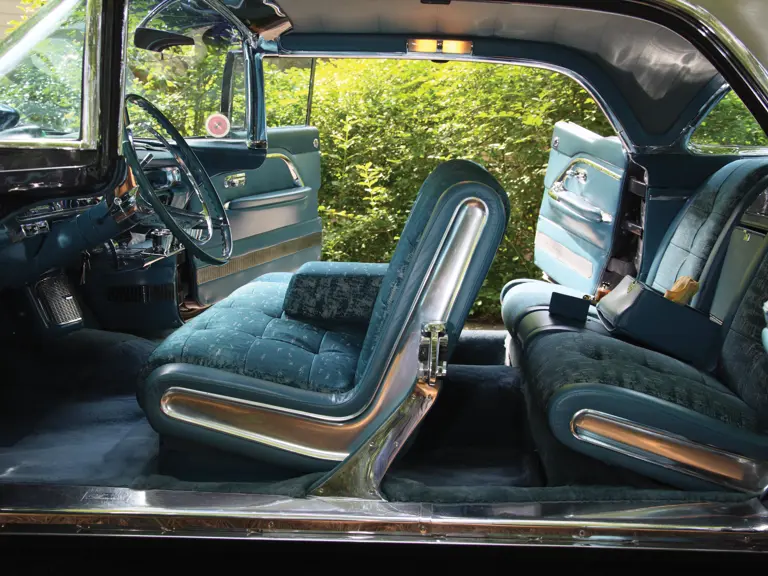

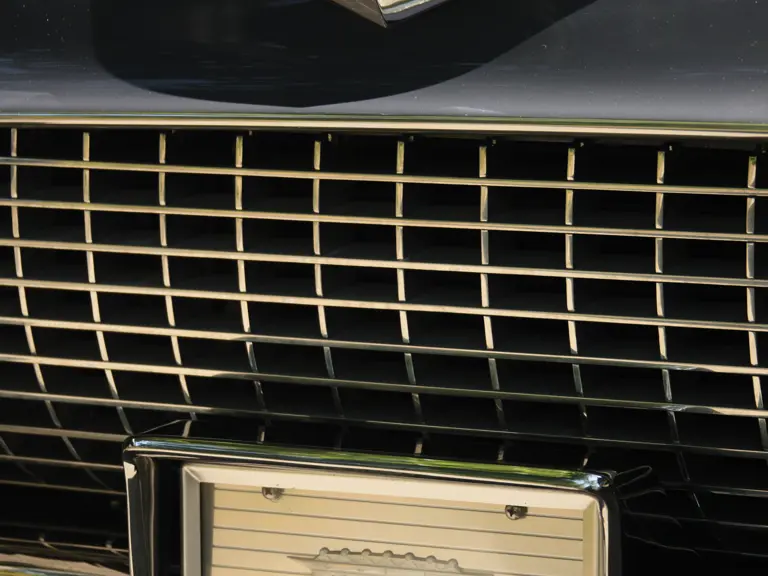
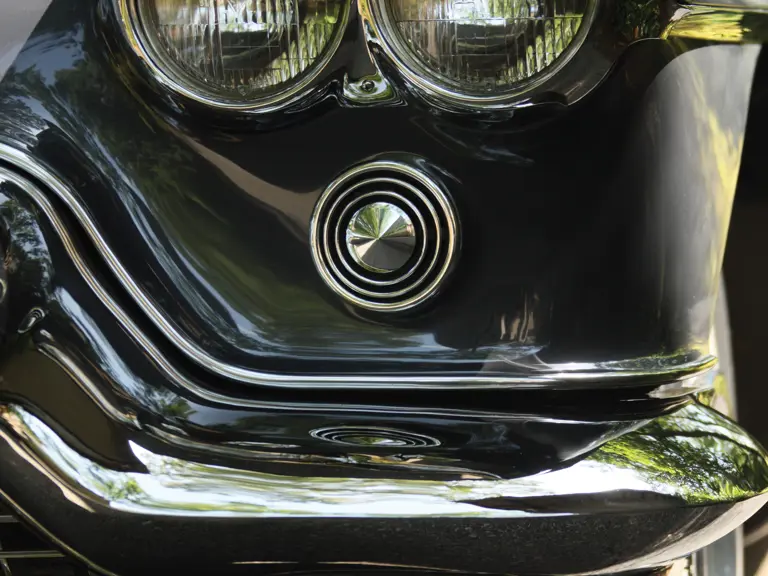
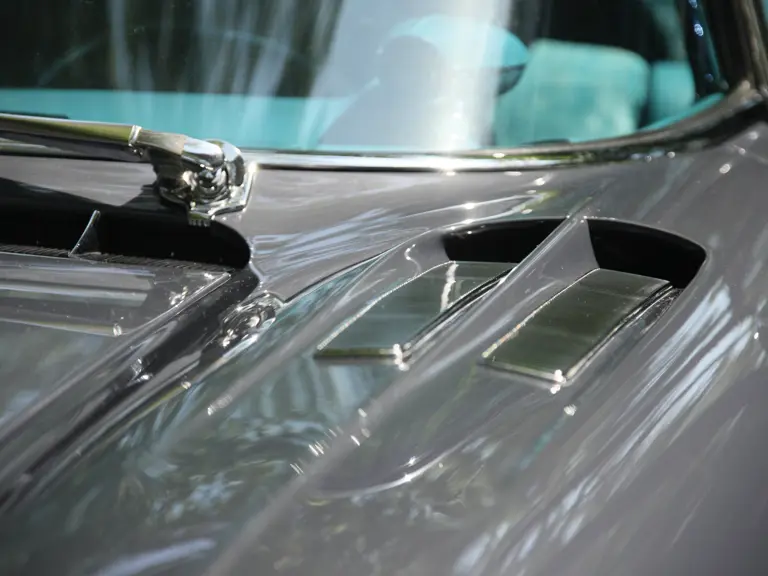

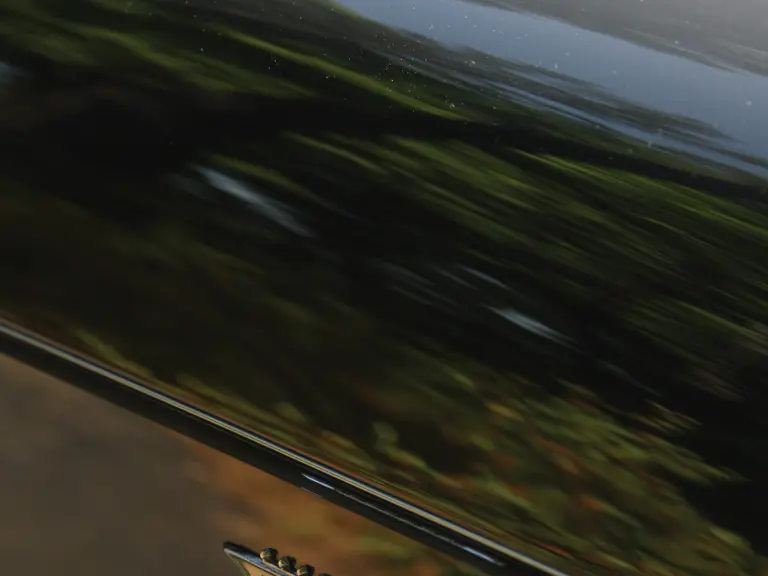
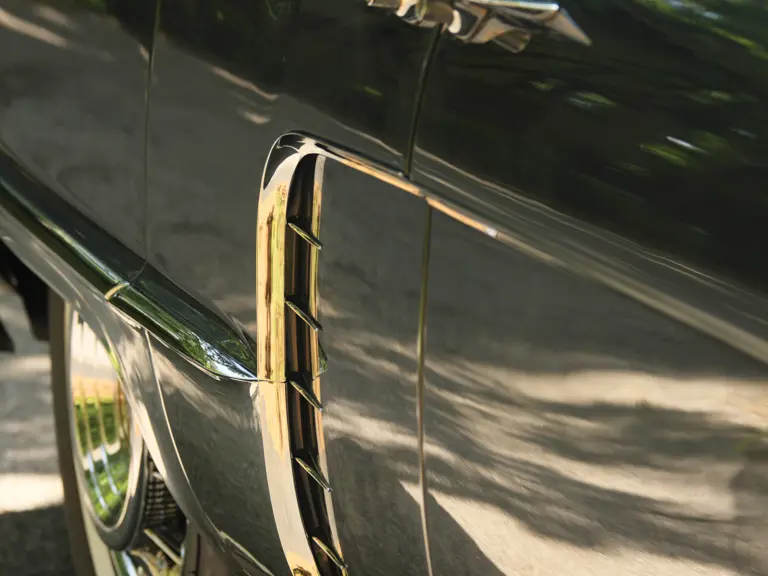

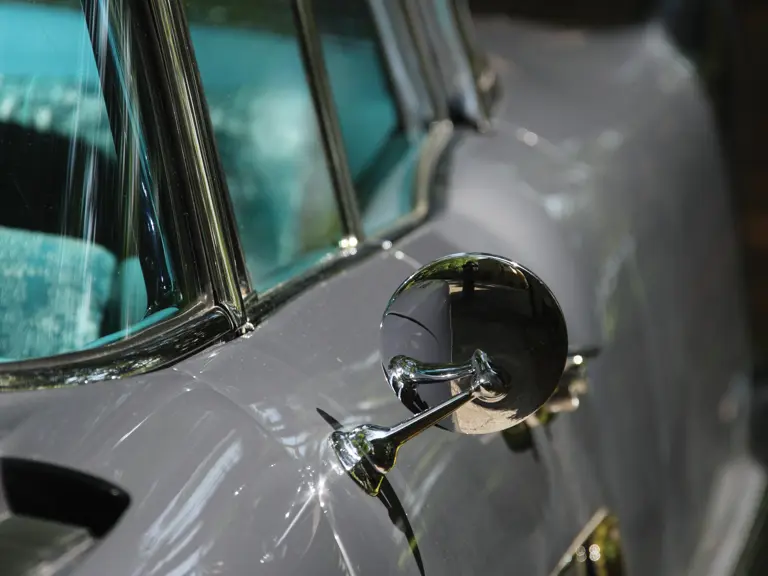
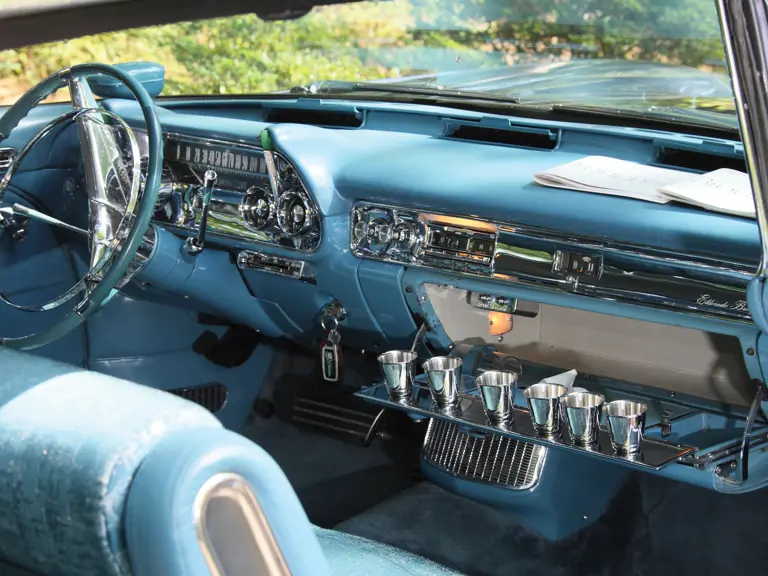
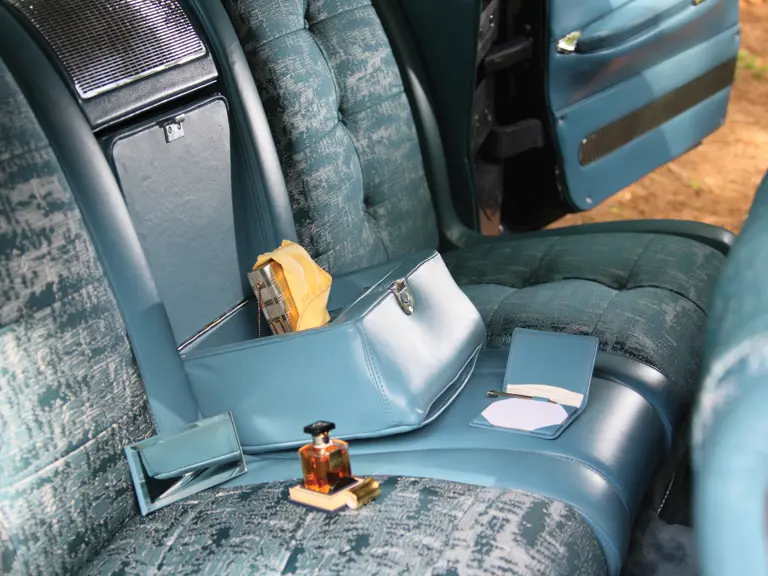
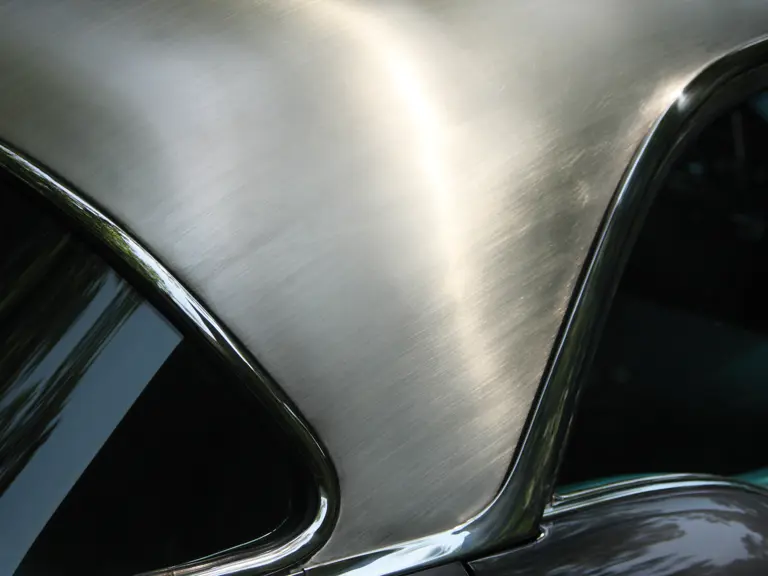
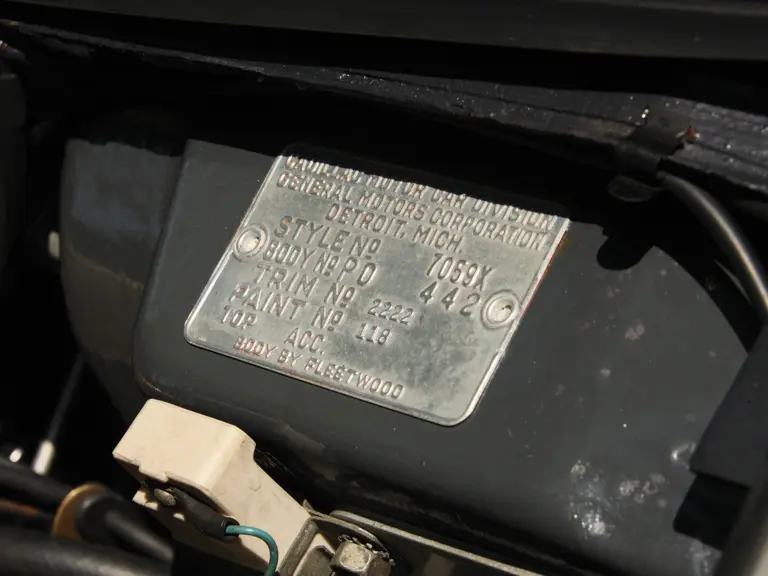
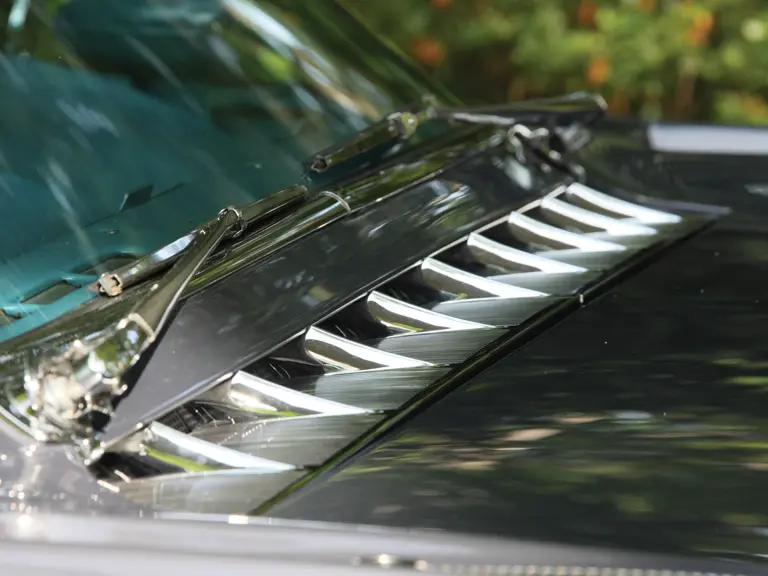

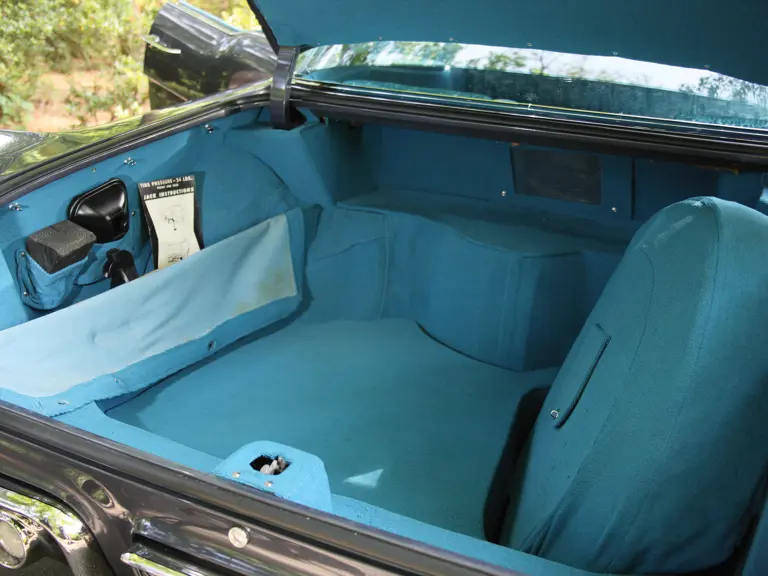
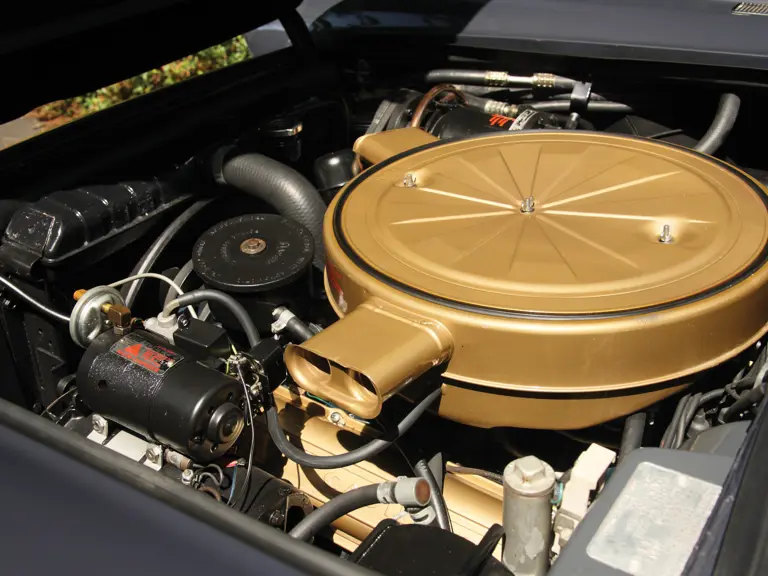
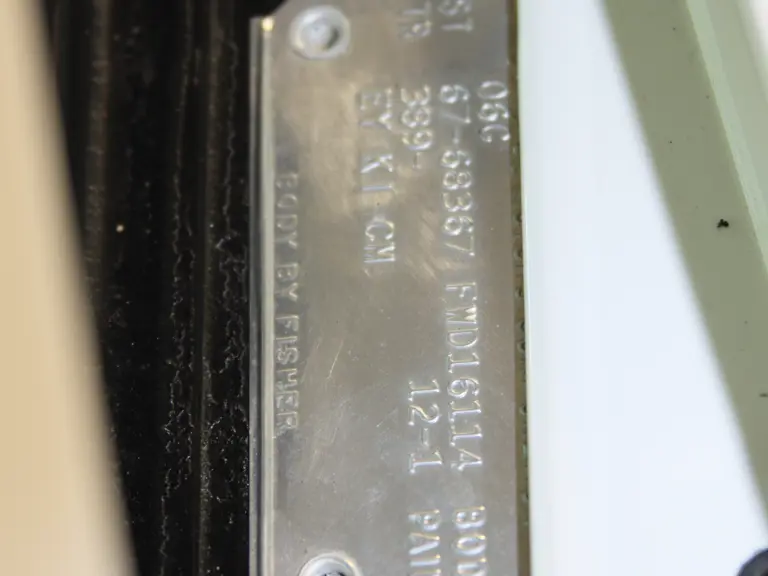
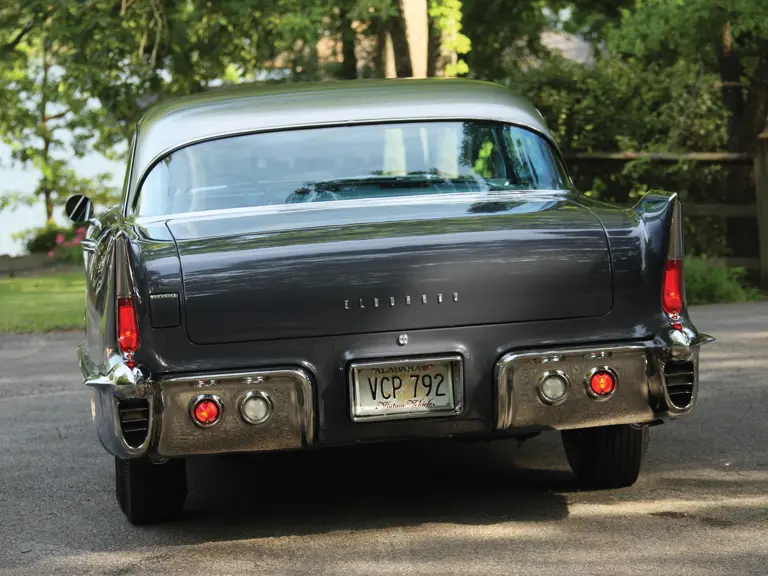
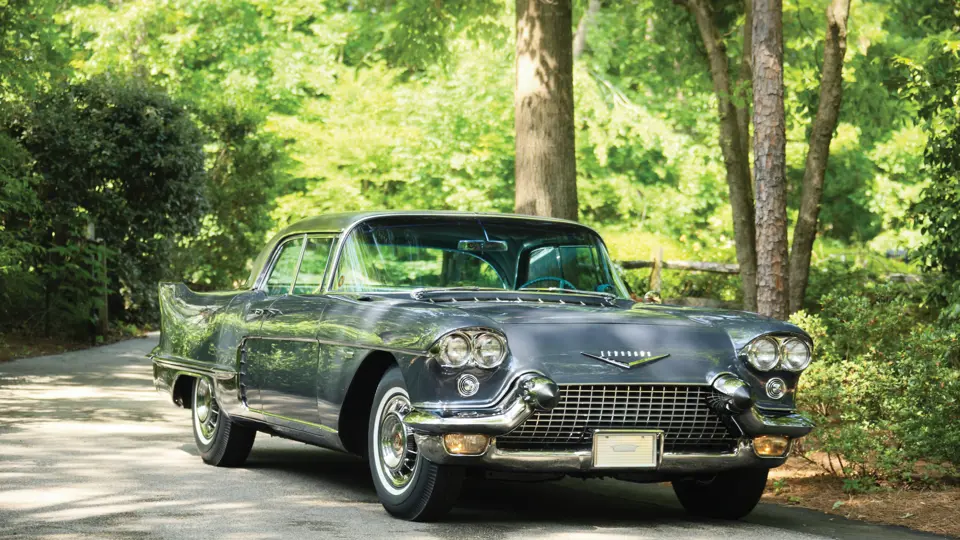
 | Plymouth, Michigan
| Plymouth, Michigan
